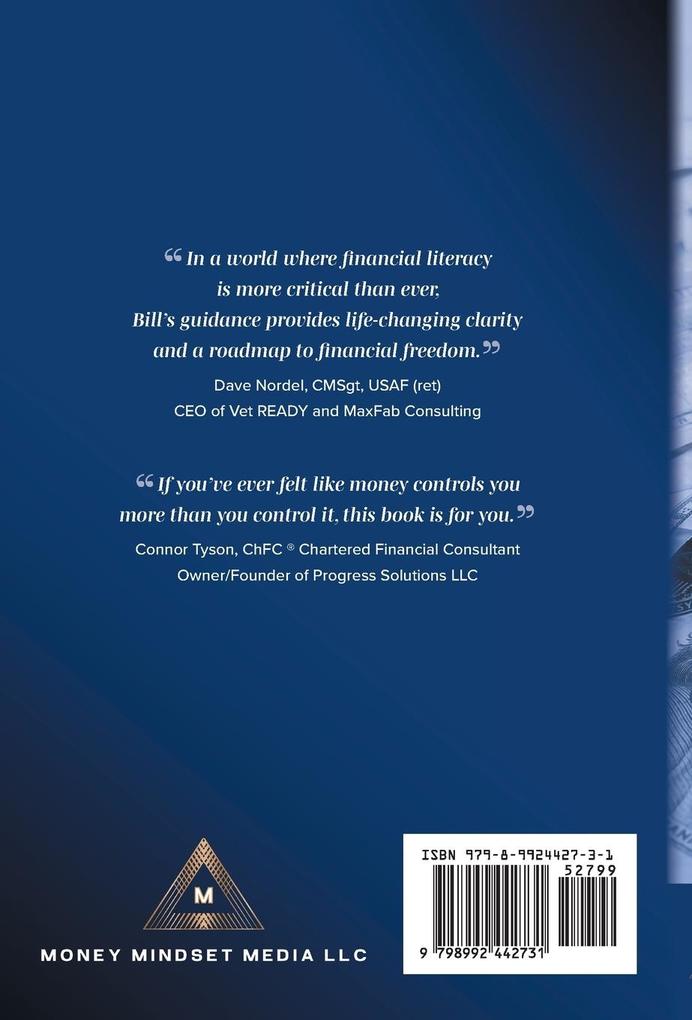
Zustellung: Sa, 31.05. - Do, 05.06.
Versand in 2 Wochen
VersandkostenfreiBestellen & in Filiale abholen:
Whether we like it or not, money controls most of us.
Why do we let this happen?
It's time we can gain control of our money and enjoy more of what life has to offer. Instead of learning what to do with every dollar we earn, let's learn about our relationship with money and how we can leverage it for an abundance mindset.
Money affects us from birth to death, and yet it's taboo to talk about it. Therein lies the rub; if you aren't supposed to discuss money then how are you ever going to learn about it?
In these pages, you'll ascertain the financial challenges that most will face at some point in life. You'll learn what to expect, so you can choose how to respond. In other words, how to take control.
Would you like to decrease stress, enjoy better relationships, and live a happier, healthier life? Then it's time to take control of your money and discover just how freeing it can be.
Why do we let this happen?
It's time we can gain control of our money and enjoy more of what life has to offer. Instead of learning what to do with every dollar we earn, let's learn about our relationship with money and how we can leverage it for an abundance mindset.
Money affects us from birth to death, and yet it's taboo to talk about it. Therein lies the rub; if you aren't supposed to discuss money then how are you ever going to learn about it?
In these pages, you'll ascertain the financial challenges that most will face at some point in life. You'll learn what to expect, so you can choose how to respond. In other words, how to take control.
Would you like to decrease stress, enjoy better relationships, and live a happier, healthier life? Then it's time to take control of your money and discover just how freeing it can be.
Produktdetails
Erscheinungsdatum
28. März 2025
Sprache
englisch
Seitenanzahl
136
Autor/Autorin
Bill Haase
Verlag/Hersteller
Produktart
gebunden
Gewicht
308 g
Größe (L/B/H)
216/140/11 mm
ISBN
9798992442731
Bewertungen
0 Bewertungen
Es wurden noch keine Bewertungen abgegeben. Schreiben Sie die erste Bewertung zu "Our Mindset on Money" und helfen Sie damit anderen bei der Kaufentscheidung.











